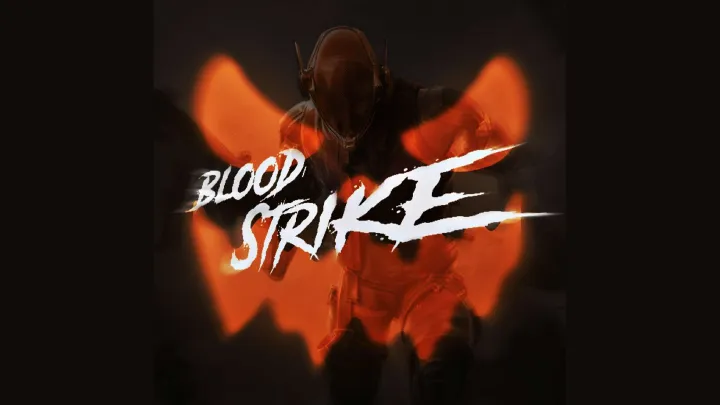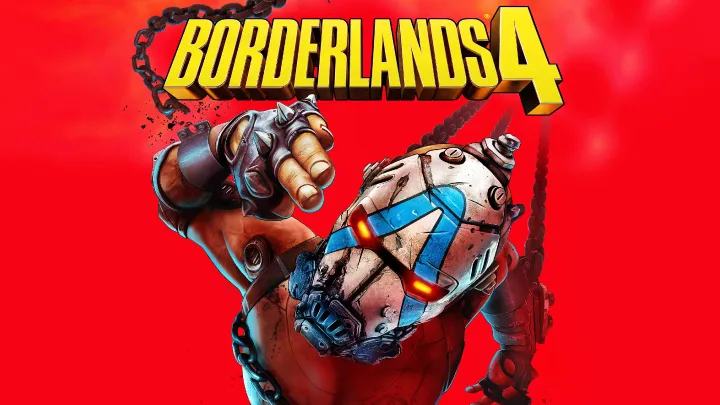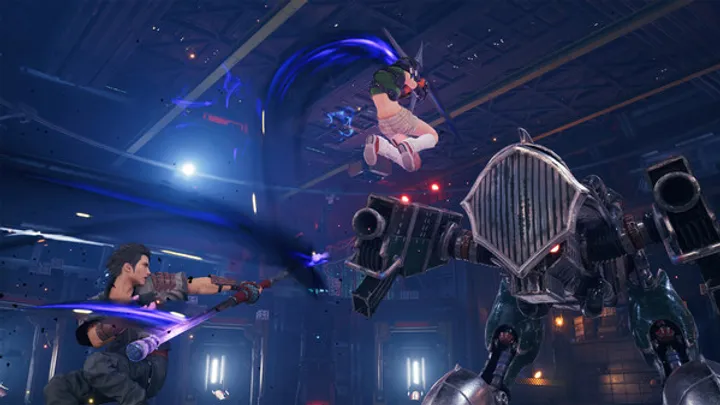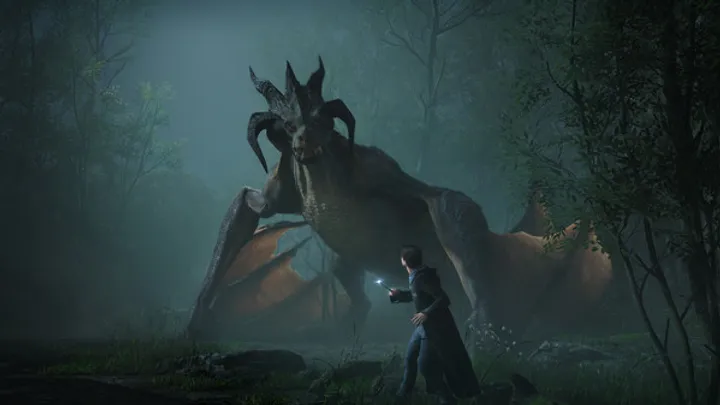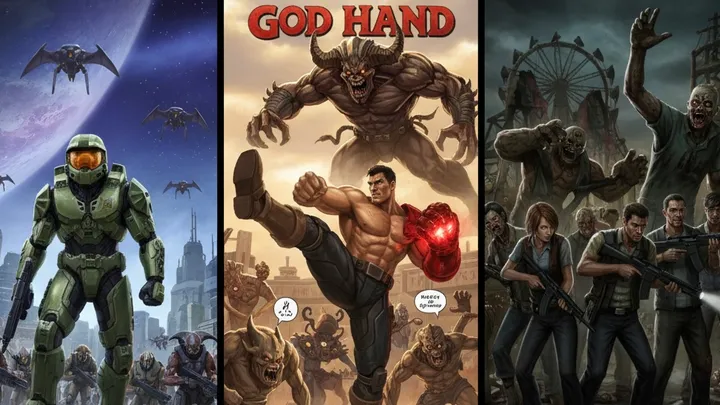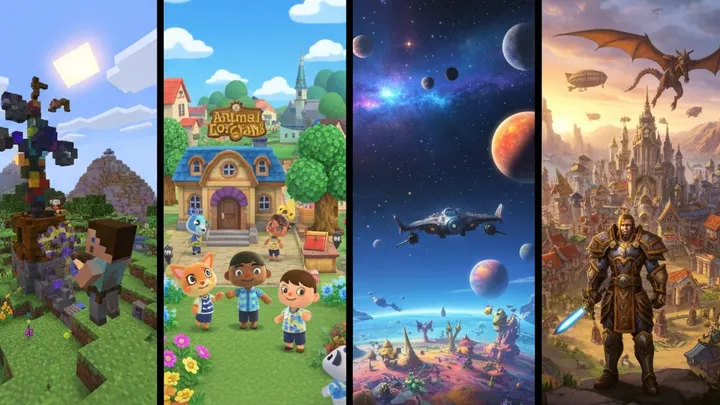Introduction Dead by Daylight (DBD) has evolved dramatically since its 2016 launch. What began as a relatively simple asymmetrical horror game has grown into a sprawling universe of original and licensed Killers, Survivors, perks, maps, and mechanics. While this expansion has kept the game fresh and engaging for long-time fans, it has also introduced a major issue: content overload. As the game’s roster and systems become increasingly dense, new players struggle to learn, veterans face balance inconsistencies, and developers wrestle with maintaining cohesion. This article explores the roots and consequences of DBD’s complexity crisis, offering a deep dive into how content saturation is affecting gameplay, accessibility, and long-term sustainability.
- The Growth of Dead by Daylight’s Content Ecosystem Since launch, DBD has added over 30 Killers, 30 Survivors, and hundreds of perks. Each new chapter introduces unique mechanics, lore, and gameplay interactions. Licensed characters like Michael Myers, Ghostface, and Alien bring their own rules, while original creations like The Blight and The Singularity push the boundaries of design.
This rapid expansion has created a rich but overwhelming ecosystem. Players must learn dozens of perk synergies, counterplay strategies, and map layouts. For newcomers, the learning curve is steep; for veterans, the meta shifts constantly.
Content Expansion Highlights:
- Over 60 playable characters
- 40+ maps with unique layouts
- 200+ perks with complex interactions
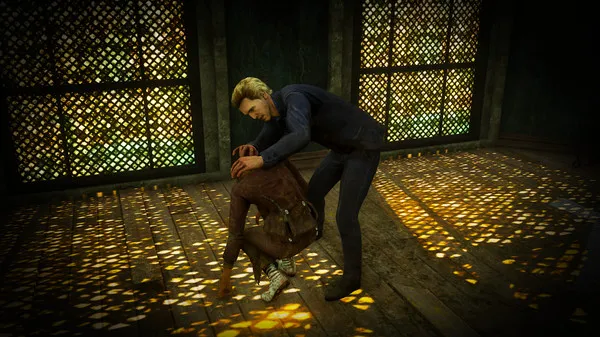
- Perk Saturation and Meta Volatility Perks are central to DBD’s strategy, but their sheer volume has led to saturation. Many perks are redundant, underpowered, or overly niche. Meanwhile, a handful dominate the meta—Dead Hard, Pain Resonance, and Scourge Hook: Floods of Rage are frequent picks.
This imbalance creates frustration. Survivors often rely on the same exhaustion perks, while Killers cycle through regression and aura-reading builds. New perks struggle to gain traction, and balancing them against existing ones is increasingly difficult.
Perk Issues:
- Meta perks overshadow diversity
- Redundant or obsolete perk designs
- Difficulty balancing across roles
- Killer Power Creep and Design Complexity As new Killers are introduced, their powers become more elaborate. Early Killers like The Trapper and The Wraith had simple mechanics. Recent additions like The Singularity and The Knight feature multi-phase abilities, AI control, and map manipulation.
This complexity raises the skill floor and ceiling. New players find modern Killers hard to learn, while experienced players exploit advanced mechanics. The result is a widening gap in performance and accessibility.
Killer Design Trends:
- Increasing mechanical depth
- AI and multi-phase powers
- Steeper learning curves
- Survivor Role Dilution and Identity Loss Survivors were once defined by their unique perks and personalities. Meg was the speedster, Claudette the healer, Dwight the leader. But with dozens of Survivors and shared perk pools, individual identity has faded.
Cosmetic customization has replaced gameplay differentiation. Survivors now feel interchangeable, and perk meta dictates playstyle more than character choice. This undermines immersion and strategic diversity.
Survivor Challenges:
- Loss of unique gameplay roles
- Overreliance on cosmetics for identity
- Perk meta homogenization
- Map Pool Bloat and Environmental Inconsistency DBD’s map pool has grown to over 40 realms, each with multiple variants. While variety is welcome, it introduces inconsistency. Some maps favor Killers with tight loops and dead zones, while others give Survivors excessive escape routes.
Balancing maps is difficult due to procedural generation and tile randomness. Players often vote to avoid certain maps, and developers struggle to standardize layouts without sacrificing thematic design.
Map Issues:
- Procedural generation creates imbalance
- Realm-specific advantages/disadvantages
- Difficulty standardizing map fairness
- Matchmaking and MMR Struggles DBD uses a hidden MMR system to match players of similar skill. However, the system often fails to account for role-specific experience, perk loadouts, or Killer difficulty. This leads to lopsided matches and player frustration.
High-MMR lobbies are plagued by sweat builds and meta tunneling, while low-MMR matches suffer from poor coordination and skill gaps. The lack of transparency and role-based calibration exacerbates the issue.
MMR Problems:
- No role-specific rating
- Poor match quality at extremes
- Lack of transparency and control
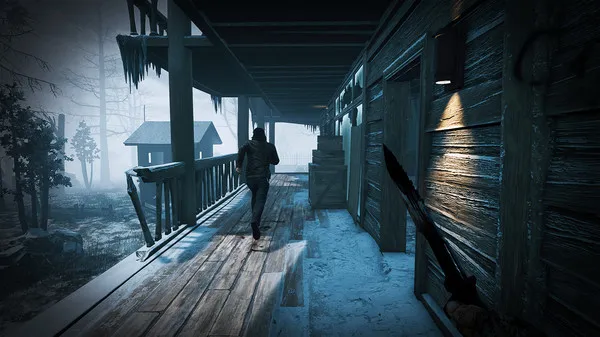
- Tutorial and Onboarding Limitations New players face a daunting onboarding experience. The tutorial covers basic movement and objectives but fails to explain perk interactions, Killer powers, or advanced mechanics like looping and mind games.
Community guides and YouTube videos fill the gap, but many players quit before reaching competency. Behaviour Interactive has acknowledged this issue and plans to revamp onboarding, but progress has been slow.
Onboarding Gaps:
- Inadequate tutorial depth
- No perk or power explanations
- Reliance on external resources
- Licensed Content and Balance Challenges Licensed characters are a major draw, but they complicate balance. Behaviour must respect IP constraints, limiting design flexibility. For example, Alien’s tail attack and teleportation are lore-driven but difficult to balance.
Licensing also affects cosmetics, voice lines, and map design. Some licensed Killers feel underpowered or overpowered due to these constraints, and integrating them into the broader ecosystem is challenging.
Licensed Content Constraints:
- IP limitations on design
- Balance issues tied to lore
- Cosmetic and audio restrictions
- Community Feedback and Developer Response The DBD community is vocal and passionate. Forums, Reddit, and Discord are filled with feedback, bug reports, and balance suggestions. Behaviour monitors these channels but often struggles to respond quickly.
Recent delays in chapter releases reflect a shift toward quality over quantity. Behaviour has acknowledged the complexity crisis and plans to streamline content, improve onboarding, and rebalance perks and maps.
Developer Response:
- Slower content cadence
- Focus on core improvements
- Increased transparency and patch notes
- The Path Forward: Simplification and Sustainability To address content overload, Behaviour must simplify systems, consolidate perks, and improve onboarding. A perk rework—similar to the 2022 overhaul—is needed to reduce redundancy and promote diversity.
Map standardization, role-based MMR, and clearer tutorials will help new players engage and veterans stay invested. Licensed content should be balanced with original ideas to maintain creative freedom.
Future Priorities:
- Perk consolidation and rebalancing
- Improved tutorials and onboarding
- Role-specific matchmaking and map tuning
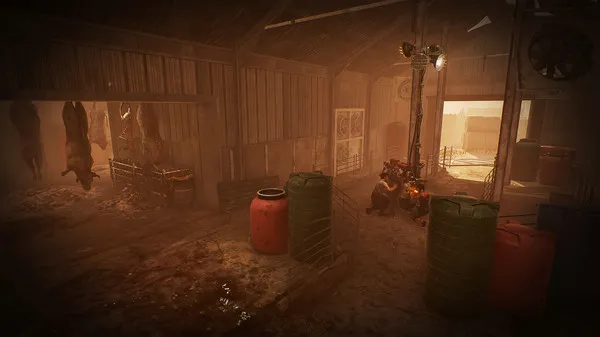
Conclusion Dead by Daylight’s complexity crisis is a product of its success. The game’s rich content ecosystem has kept players engaged for nearly a decade, but it now threatens accessibility, balance, and sustainability. By streamlining systems, listening to community feedback, and prioritizing core improvements, Behaviour Interactive can ensure that DBD remains the definitive asymmetrical horror experience for years to come.





